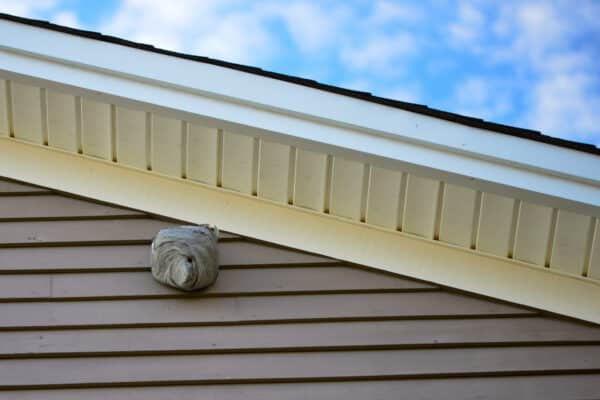
How do mice get in your home, and what can you do about it?
Mice are very crafty little pests. And, when you see a mouse scurry across your kitchen floor at night, the hunt is on. You have mice in your home. You want to know where it is, where it came from, and how it got in. Well, the professional team at Covenant Wildlife Removal has all that information and more.
Signs you have mice in your home.
Your home may be just the perfect place for a mouse to build a nest, but not in your opinion. You see, a mouse’s body is collapsible, allowing them to slink through the smallest of spaces, even ½ inch wide. Mice can jump and swim too.
Here is a list of the signs you may see if mice have moved into your home.
- Tiny rice-sized black droppings along the floor or in cupboards.
- A strong ammonia odor lingering is the urine they have left behind.
- Urine pillars are a build-up of dirt, grease, and urine that builds up over time. The mounds will be about 2 inches high and half an inch wide.
- Teeth marks and holes gnawed in plastic and wood.
- Greasy rub marks are from their bodies rubbing against the walls. Holes of entry will usually have a dark appearance from the rub.
- Scratching or scampering noises at night are the first sign most people notice.
- Shredded materials are optimal to form their nests.
- Footprints and tail marks in dusty areas like attics, basements, and garages.
- When your pet is behaving strangely, it is a good indication a mouse is invading their homes. Pets are either fearful or curious.
That said, if you spot a live mouse during the daytime, you probably have an extensive infestation. In that case, the first thing to do is call Covenant Wildlife Removal. They will find and remove them right away.

Where to look inside the home
Looking for the vermin can be tricky since they are nocturnal. But if you know the signs and what to look for, you will find out quickly if they have gained access. Try looking in the following areas inside your home.
Behind appliances is the first place you may find droppings. That will indicate the presence of the mice. Then you can check areas like garages, attics, basements, and crawl spaces. There you will see the trails and possibly notice torn insulation and gnaw marks.
Kitchen cupboards are also an unfortunate place to have to look. In the evening, the sneaky mice will enter your pantry, looking for food.
Anywhere the mice can squeeze into is an excellent potential hiding spot for the mice to nest and store their food supply.
Where to look outside the home
Many spots outside the home make excellent areas for all kinds of wildlife to nest and hideaway. Remember, they are nocturnal and hide in the day, then come out for food at night. So, check places like:
- Overgrown vegetation- When the bushes and weeds have gotten rather large, and especially if they are close to the walls of your home, the mice will gladly build a nest there. Also, vines and shrubbery leading to the house will act as a means for rodents to travel into your home.
- Outdoor Sheds– If there is a gap in the boards or door, the mice will get in. They will even chew their way through if a hole or crack is not quite large enough.
- Garages- A garage is as close as a mouse needs to shelter from the elements and is usually less active than the inside of your home. If the situation is right, they will find a place in a corner or under shelves to build their home.
- Vents- Vents leading to the inside of your home are like a perfectly designed tunnel system for the mice to enter. Be sure to check for gnaw marks and cover the entry with a mesh netting.
- Garbage cans and Compost bins- These areas provide a smorgasbord for the rodents. They will usually make their entry in tiny holes and cracks near the bottom of the containers.

What to do If you have mice in your home
The best thing to do in the case of a mouse infestation is to call a professional wildlife removal company. They will find the points of entry, trap the mice, and remove them effectively. If the mice made a nest and a mess, they will even clean, disinfect, and deodorize the area. Finally, they will seal the points of entry, so the vermin do not return.
Covenant Wildlife Removal has all the right tools, traps, and chemicals to get the job done right the first time. Call them at first sighting, before the problem becomes a nightmare.
Contact Covenant Wildlife Removal to assess the problem and eradicate the mice.



